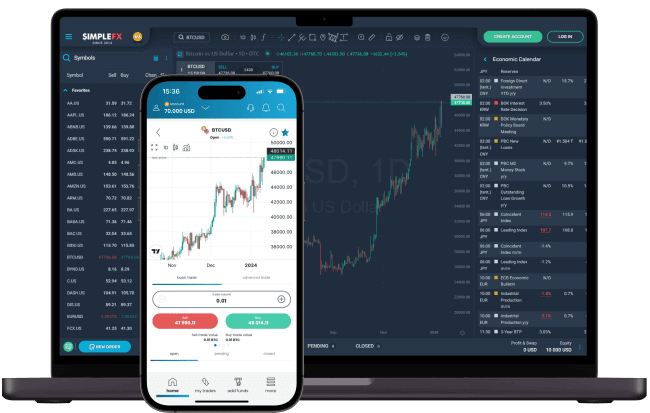The Federal Reserve (FED), as the central bank of the United States, wields substantial influence over the global economy. It regulates banks, manages national monetary policies, and adjusts interest rates, directly affecting everything from individual investments to international trade and finance.
- Examine the FED’s strategic adjustments to interest rates and their implications for borrowing and investing.
- Delve into the FED’s role in promoting economic stability and growth through active monetary policy.
- Analyze the ripple effects of FED policies on the performance of American equities and indices.
Federal Reserve: Central banking authority
As the guardian of the U.S. economy, the Federal Reserve’s primary goal is to foster economic conditions that achieve both stable prices and maximum sustainable employment. It navigates complex economic landscapes under a dual mandate to ensure monetary circulation and financial practices support broader economic objectives. Additionally, the Fed plays a pivotal role in shaping the USD’s history, influencing its strength and stability, which are crucial in global economic relations and historical financial strategies.
Interest rates U.S. Fed: A tool for economic management
Interest rate decisions by the FED are vital levers in controlling the country’s economic climate. These rates influence forex activities, affecting how the USD performs against other global currencies in forex markets. By increasing or decreasing the cost of borrowing, the FED’s interest rate policies can encourage consumer spending and business investments or cool down an overheated economy. It can also influence the prices of the commodities market.
FED monetary policy: Influencing economic outcomes
The FED’s monetary policy, encompassing strategies around manipulating interest rates and regulating the money supply, is designed to maintain economic stability and encourage growth. Tools like open market operations allow the FED to control liquidity and influence interest rates, impacting everything from the rates consumers pay on mortgages to the yields on savings accounts. These monetary adjustments are closely watched by markets, influencing indices like the S&P500 and the NASDAQ and driving movements in American equities such as Apple, Microsoft, and Amazon.
The role of the FED in shaping american indices and equities
American indices, including the Dow Jones Industrial Average and the NASDAQ, are sensitive indicators of FED policy changes. Fluctuations in these indices reflect investor confidence and market speculation about future economic conditions shaped by FED actions. American equities respond similarly, adjusting stock prices based on anticipated changes in monetary policy, economic forecasts, and the broader business environment.
Global coordination and influence
The Federal Reserve actively coordinates with international financial institutions like the IMF to align its monetary policy with global economic conditions. This cooperation ensures that U.S. monetary policy decisions support domestic objectives and contribute to global financial stability. Such strategic alignments are crucial in managing international economic crises and supporting worldwide economic recovery efforts. Additionally, the release of Non-Farm Payroll (NFP) data is a significant event that the Federal Reserve considers when assessing domestic economic health, as it reflects employment trends that are critical indicators of economic activity and financial stability.
Conclusion
The Federal Reserve’s strategic decisions resonate through every level of the economy, from the most localized transactions to global financial movements. Its policies influence USD history, shape American monetary policy, and impact global financial markets, making understanding its operations essential for anyone engaged in or affected by the dynamics of finance. As the landscape of global economics evolves, the role of the FED remains pivotal in steering economic stability and growth, underscoring the interconnectedness of U.S. and international economic policies.





















































